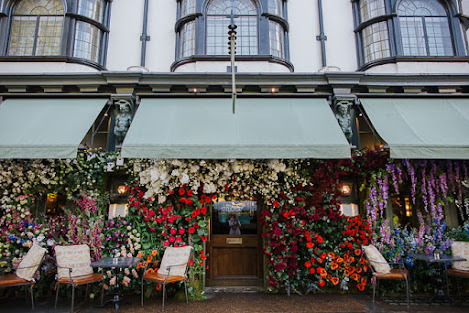That phrase was first uttered by Mark Fields, CEO of Ford Motors and then popularised by the management guru Peter Drucker.
This statement must connect with people since I've heard it many times and not just in Organisational behaviour classes in my MBA program.
Culture is crucial for several reasons. Your organization needs an appealing culture to attract talent. Top recruiters no longer talk about 'culture fit' - They talk about 'culture add'.
- You want to adapt your culture to accommodate all kinds of personalities and backgrounds. That means being as flexible as possible.
Delivering High-Performing Teams through Strategic Leadership
HR Webinar with Andrew Cocks, Head of employee branding at HSBC, and Dr Josef Scheurlein, Leadership Consultant
Did you know that 'diverse' doesn't just mean from different ethnic groups, females or cultures from the main? It also applies to cognitively diverse?
- According to extensive research, the most successful teams have the broadest range of thinking styles to develop innovative and effective solutions.
And neurodiversity is one of the hottest new topics - with conditions like ADHD and even Aspergers and Autism no longer being seen as disabilities but often as 'superpowers'.
Your company must do its best to make its culture appealing since it wants the best skills to further the business.
In the UK, we have skill shortages in software programming, digital marketing, engineering, and all analytics roles, particularly those in data science and most digital roles.
- on LinkedIn, 'Data Scientist' has gone from zero searches to the no.1 top search in the last ten years.
In the UK, this 'skills gap' is costing our Economy £6.3 Billion per year. When hiring, companies are forced to look at anything that will give them an edge over their competitors.
There is an even more pronounced skills gap in the USA. I have seen figures for this 'gap' varying from one Trillion to three Trillion US Dollars over the next ten years.
Google and Facebook are well known for their beautiful offices and perks. Salary is another way to attract talent.
However, culture is the most important. The top employees want to work in an environment that fits them best. And it shouldn't be a 'cookie-cutter approach'.
Over fifty per cent of employees say they would not take a job at a company that did not share their values.
With Millennials and Generation Z, this percentage is even higher, Seventy per cent or more. Millennials make up one-third of the workforce and will soon be in the majority.
So, culture is the future. And it's surprisingly easy and cost-effective to improve your culture. How?
- Simply by listening to your employees
- & remember this part - always act on what they tell you
Right now, one of the most critical cultural issues is how organizations will manage 'the new normal' after the Pandemic.
- What do you think will happen?
- Will it go back to 'business as usual'?
- Or will we find a middle way - a combination of working from home with some days in the office?
One day, companies will see Culture as they do Brand today: Essential rather than desired.
I predict that the company's culture will soon be measured on its balance sheet, just as a brand started to be fifteen or twenty years ago.
If you were to put a value on your company's culture, what would that be (in Dollars or Pounds)?
What's a company culture that you particularly like? or dislike?
Want to find out more on this topic? Go to my website.






















